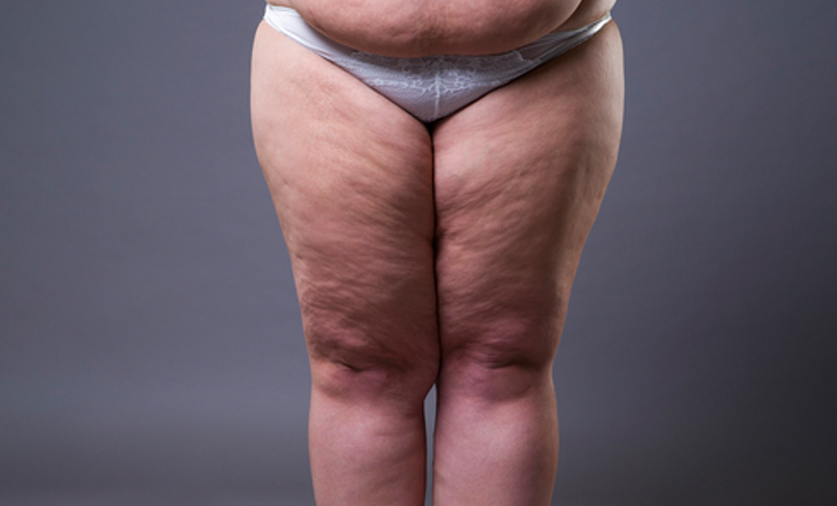Many people worry about the look of their thighs and the loose skin that seems to sag off them. With exercise not appearing to tighten this area, more individuals are now looking to a thigh lift as the next best solution. This procedure will remove the excess flesh that sits around the outer and inner thigh area, and many people that have undergone significant loss of weight find this area will not budge. Once your skin has been stretched in an excessive manner, it will not retract to its previous state. Read our essential guide on what you need to know about thigh lift surgery.
How It Is Performed
You can undergo two types of surgery: lateral (outer) thigh lift or medial (inner) thigh lift, with both being performed under general anesthesia. You should ensure that before you embark on medial thighplasty, you ensure your surgeon is board-certified. This is the more difficult procedure of the two, and if the results are wrong, the complications can be catastrophic to the patient. The procedure sees an incision from the groin, which can go all the way to the knee on the inside of the thigh, if there is an excess of skin. Liposuction may be utilized before the incision is closed, to ensure all excessive fat is removed. The outer thigh lift normally focuses on contouring the thighs and buttocks. Again, an incision begins at the groin and extends around the hip, sometimes including the buttock.
Potential Side Effects
The most common complication with a thigh lift is the patient’s expectations, so it is imperative that in the initial discussion both surgeon and patient understand what is required. Another complication is when a wound ruptures along the incision area – wound dehiscence. There are several reasons why this may occur, with a major one being smoking. If you are not truthful about your smoking history, then you need to be. Poor nutrition is also a reason. Some patients may get deep venous thrombosis, where clots develop in the patient’s legs. These clots have the potential to break off and travel on to the lungs which can cause a pulmonary embolism, which is a life-threatening condition. And, of course, there is infection. At the time of the procedure, patients are given antibiotics intravenously but post-procedure it is important that patients ensure they follow the surgeon’s instructions on postoperative hygiene.
Scars
You will receive scars, as thighplasty often requires a long incision which cannot be helped. Modern techniques ensure these scars are not as visible as you would think and can be managed with creams and massages.
Recovery
Most patients are either wrapped in ace wrap, post-op and then transitioned into compression clothing that will help to assist with any swelling, while also maintaining shape. Pain medication is paramount at the early stages, while there is an expectation that you are up and walking about as soon as possible. This helps avoid deep vein thrombosis. Within around two weeks the patient should be able to walk normally while performing minimal exercise in the upper and lower regions. Within a month you should be able to perform strenuous exercise.
